It can definitely be challenging to find Cognac brands you’re interested in here in the United States. Most markets are flooded with the usual suspects and not much else. And it’s even harder if you live in a control state or someplace like Washington that has arcane liquor laws and incredibly high taxes on alcohol. So, whenever a new brand pops up here, I get pretty excited. Recently, Prunier Cognac became available here in Seattle. I ended up being connected by a colleague with Jerry Cogen, the Chief Consultant and Brand Ambassador for Maison Prunier. His knowledge of the brand is incredible and his passion for the brand shows within minutes of talking with him.
Mr. Cogen had a very unique career before he started in the beverage alcohol industry. He was an electronics technician and worked on the backpacks used by the NASA astronauts. That’s certainly something you don’t hear every day! Once the funding for the space program started to dwindle, he began working for Heublein doing sales, which was a distributor credited with making vodka gain popularity in the United States with the Smirnoff brand. From there he moved on to Renfield Imports and was exposed to his first Cognac brand, Gaston de Lagrange. Once Rémy Martin left their distributor and began their own operation in the United States, he was poached to go work for them as an area manager. Now being fully immersed in the Cognac world, he is incredibly happy working for Prunier and running their US operations. Have a look at our conversation below.
• • • • •

Cognac Reverie: What do you feel sets Prunier apart from other Cognac houses?
Jerry Cogen: History and the length of time they’ve been producing. They’ve been producing since the 1700’s. Prunier is one of the houses that goes way back to the beginning. And of course, the quality of the product. You can see by the reviews that we’ve gotten, we never get low reviews on our Cognac. There’s never anything lower than the high 80’s by Wine Spectator and others. And that’s due in part because we don’t mass produce. It’s a small operation. Even our glass bottles tell you about our quality. You can always tell a good bottle of Cognac by how deep the punt is on the bottom of the bottle. The better quality of glass tells you everything about the quality that’s inside.
CR: Prunier definitely prides itself on staying very traditional with their methods of Cognac production. Do you have full control over all the aspects of the production from the vineyard to distilling and blending?
JC: Yes. Everything is handled by Prunier. We do own some vineyards, plus do all the distilling, aging, and blending ourselves.
CR: I’ve also heard that one of the elements of Prunier that is much different than the majority of houses is that there is very little caramel and sugar added in Prunier and absolutely no boisé.
JC: Yeah, that’s correct. That’s a major difference between our product and the competition. Something fun to try is if you were to take a Cognac and put just a little bit in your hands and rub it around and your hand becomes slightly sticky, you’ll know that a good amount of caramel or sugar was added. What caramel does is darken it, makes it look older or corrects the color of the blend if the aging doesn’t produce the shade desired. So, what they do is burn sugar until it becomes caramel and they pour a little bit in the cask or during blending to alter the color. We do use sugar and caramel in our orange liqueur, but that’s because it’s a liqueur. It has to have sugar. If you put that in your hand it will certainly be sticky! But in everything else we use a very minimal amount, much less than the big houses, and never any boisé. The 20 year and vintages have absolutely nothing added at all.
CR: I’ve seen a fair amount of vintage Prunier online being sold in Europe, but not really anything here in the United States. I’ve been asked before by a few friends why vintages aren’t more readily available to us here in the states. Is there a reason behind that?
JC: The biggest problem with selling vintage Cognac in the United States is registering it as whatever year vintage because they want to see that you can prove how long it was sitting in a demijohn and the year it was distilled. Now, that’s no problem. We can do that easily. But that’s at the Federal level. Now, let’s say over there in Washington where you are, your distributor says, “Hey, we want two cases of 1989 to sell.” Now we have to get it approved and registered at the Federal level because this is a different label than our other expressions. Again, that’s no problem getting it approved. But then you have to also register it in the state and they have different requirements and more paperwork and it turns out to be a nightmare trying to get it approved. And you’d have to do that with every single state if you want to sell vintages across the whole country. The registration and paperwork would have to be done in each state for each vintage since they would all be different labels and each state has different requirements. So, by having to do all that, the question is should we focus our time and energy on bringing in vintages to the United States? Until we find someone dedicated to do the clearing on our vintages, I don’t encourage it.

CR: Do you personally have a favorite expression from the lineup?
JC: You’ll hear most people say, “Oh, I love the top of the line. XO is the best!” That’s like riding in a Bentley. I’d rather ride in a Rolls Royce because I can enjoy it more. My favorite is the Family Reserve because of the technique and the style that they use in producing it. That’s definitely my favorite out of all of our offerings.
CR: I noticed that there’s an expression in the Prunier line up called Grand Prestige 20 year old. Normally, we don’t see specific age statements on a bottle of Cognac unless it’s a vintage. What’s the story behind this one?
JC: Well, it is a vintage, but the vintage in the bottle changes every year. The 20 year old has to sit in one single cask for 20 years. It cannot leave that cask. You can’t blend it with another 20 year old cask from a different year, it just has to come from that single year’s harvest. When we do that, we are allowed to put the age on the label and the vintage date. And when the aging is done, we don’t just reuse the old barrel for the next round. We always take new, young oak and let it sit in there for 20 full years. This bottle is very popular and allocated each year. However, it might get to the point where we do end up having to put two different vintages together to stretch out the number of bottles so we don’t run out at the end of the year and have to wait until the next release is ready. It would still have the year on the bottle, but it would read something like 1992/1994. That would show which years are in the blend. We’ve never done that before, but there have been talks about possibly having to do it soon. Now, they’d both still be 20 years old. That wouldn’t change. It would just be a blend of both years.
CR: What’s the overall loss from those barrels if they’re going in brand new and sitting for 20 years?
JC: We lose about a third of the barrel during the aging due to the angel’s share. And that’s why those cellars are pitch black. Because sitting in there, with the alcohol escaping, the walls look like you lit a fire and burned them. That’s the mold growing that’s all over Cognac cellars. And there’s just one tiny insect that lives there, it’s a little spider, that eats the mold. That’s the only thing in there, no flies, no nothing. When we go in the cellars, it’s only 2-3 people at a time because there’s so much angel’s share in the air that if you’re in there for about 30 minutes, you don’t even realize that you’re about to literally pass out from the fumes. It’s closed in, there’s no big barn doors or anything to really let the air out. But that’s how they age. It’s damp and moldy and perfect for aging.
CR: If you’re using brand new barrels for the 20 year old, it seems like you’d have a good quantity of older barrels at your disposal for aging. What’s the likelihood that your barrels might end up elsewhere if someone wants to use them? Like, for example, if a brewer wanted to do a Cognac cask finished ale or something to that nature.
JC: I have a cousin who is a rum producer in Granada. He had asked me for some of our used barrels. I told him if he’s willing to pay the price, we would send them to him in Granada. He’s thought about doing it and talked about doing it, but nothing has moved forward yet. We’ve never done anything like that with our barrels. Also, we don’t ever really get rid of barrels unless we have to. We don’t toss anything, or at least we try not to. We’re very frugal with them because there’s always a way to put them to use. So, yes, that has come up, but our biggest thing we want to focus on here is the success we’re already having.
CR: If you had to suggest a bottle of Prunier for a consumer to buy who has never had the brand before, what bottle would you tell them to get?
JC: The VSOP. Why? Because it’s a 100% Grande Champagne. When you taste that and compare it against other VSOP’s from the big competitors, it will be night and day different. It might be a younger Cognac, our is around 6-8 years average, but when made carefully, how Prunier does it, it can compare to some XO’s. And again, that’s because we don’t mass produce. More attention to detail.
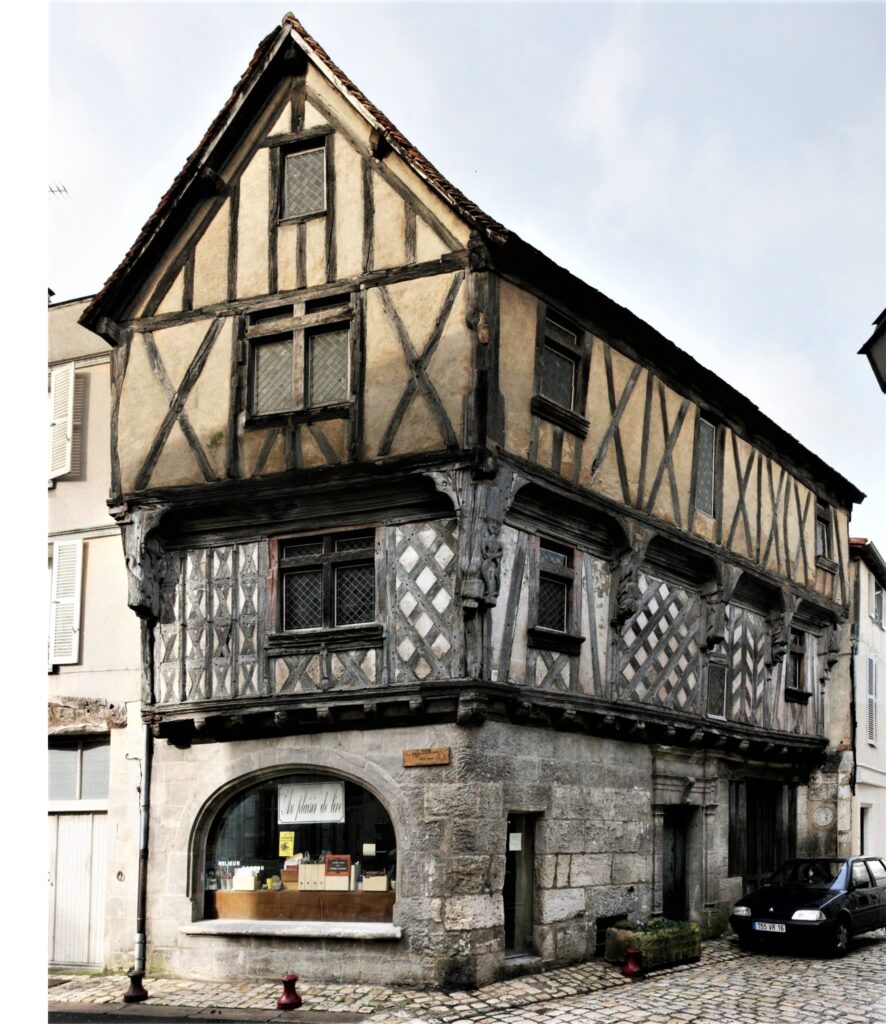
CR: The last thing I’ll ask is do you have an interesting story about the history of Maison Prunier?
JC: I’ve got lots of stories! But a favorite one is that we were able to hold on to our rare Cognac’s during WWII when German’s occupied France. The way it happened was that our current CEO and Cellar Master, Stephane Burnez, his great-grandfather was clever enough to put all our rare stocks of Cognac in the sub-cellars, the secret cellars under the normal ones. They were all put in demijohns because they didn’t know how long the German’s were going to occupy the country. He then sealed off the cellar floor and put barrels on top of that. So, when the German’s got there, they of course took the Cognac barrels not knowing that the real jewel was under the floor they were standing on. But the German’s were clever, too. They went to the Hall of Records in Cognac and they got blueprints on every building. They would measure the outside of the building and then do the same inside, comparing it to the blueprints. If the outside was, say, 500ft wide, then it had better be 500ft inside, too, or they would know they built a false wall inside and would tear it down to take whatever was hiding. But Prunier didn’t have to do that because it was right underneath the floor. And the German’s even ended up occupying the family’s house. They lived on the first floor, the Prunier family was on the second floor, and the servants were on the top floor. And they still never found it.

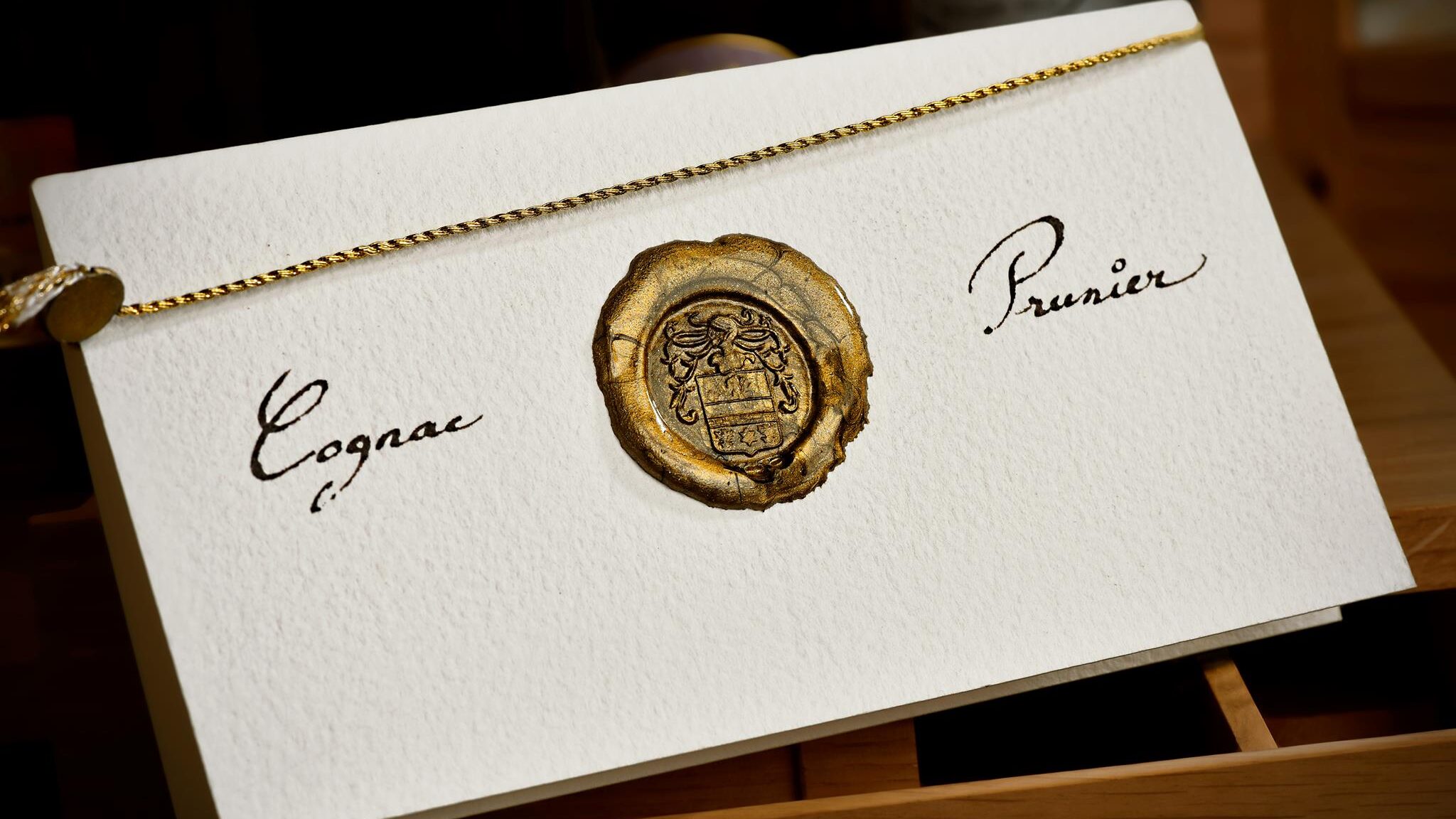

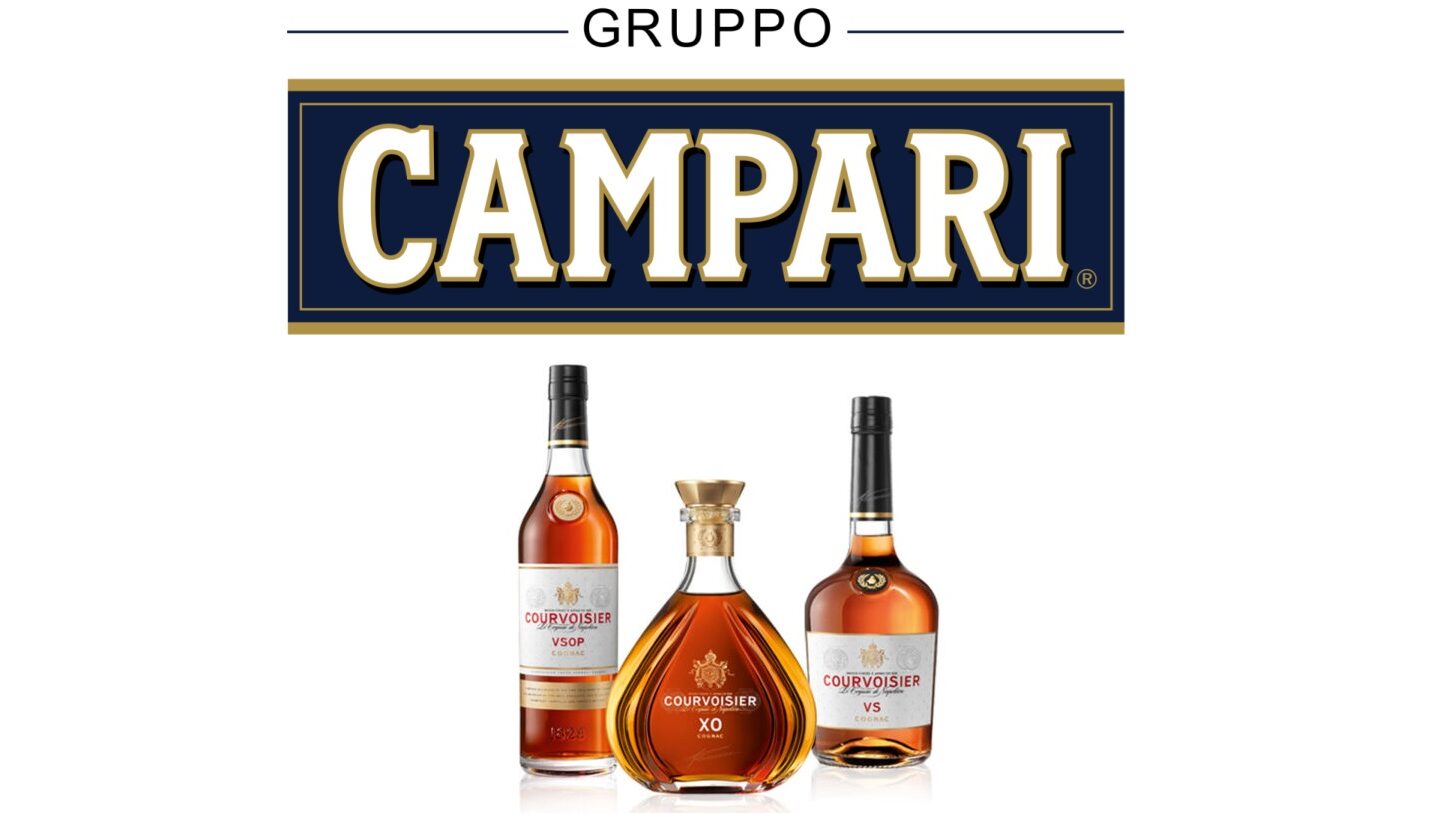
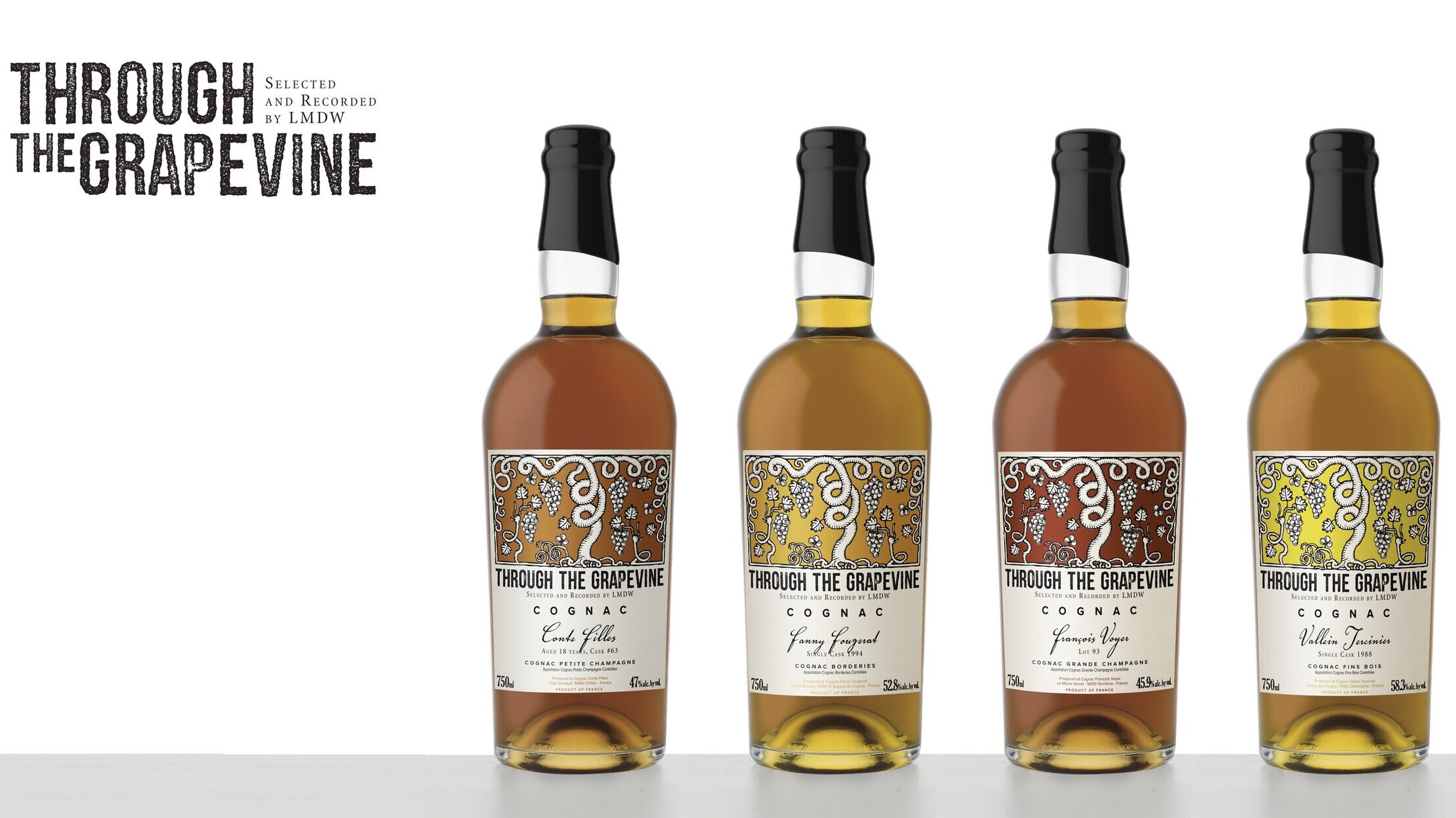
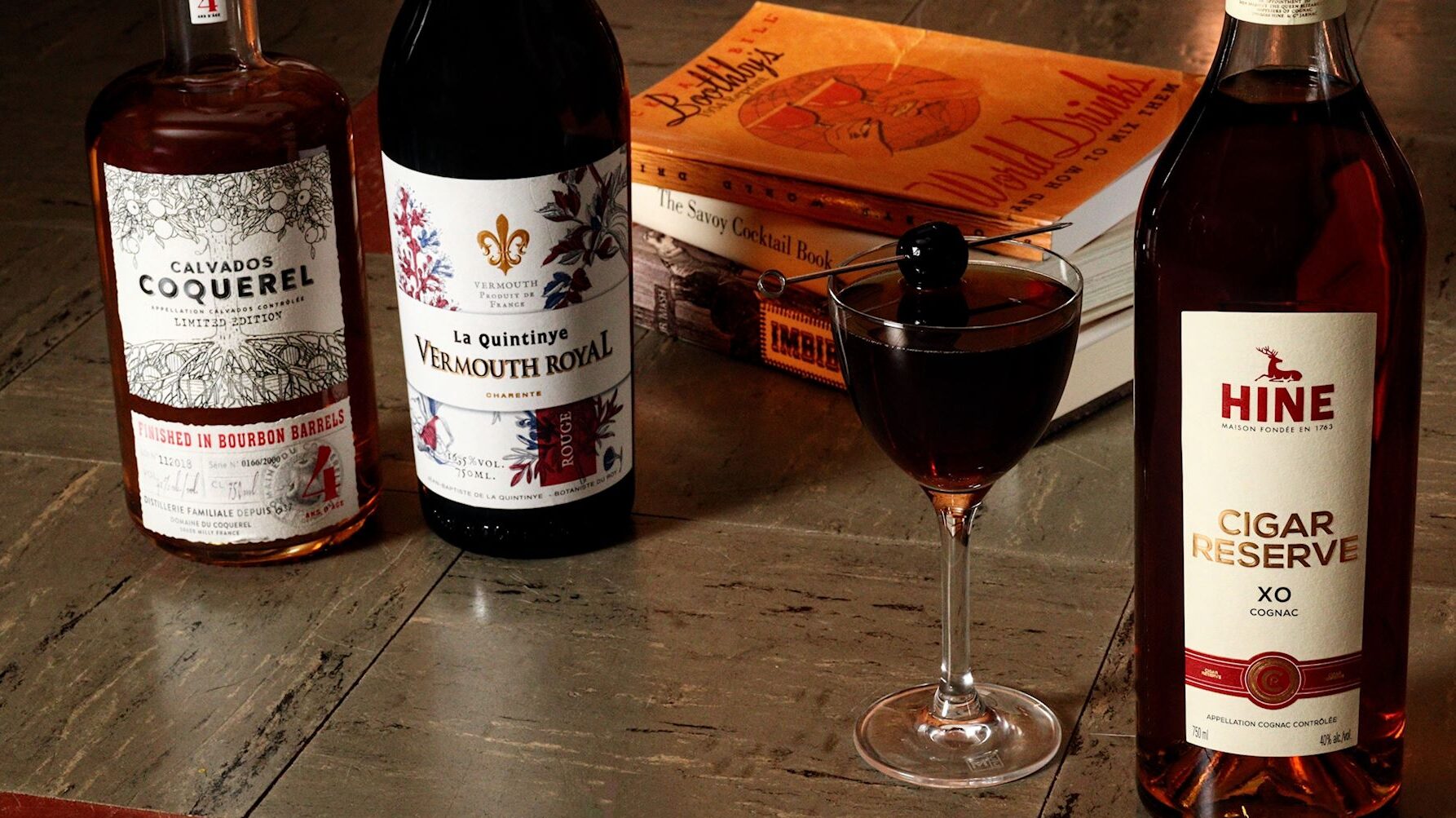
Liebe Grüße aus Aachen 🥰
[…] you miss the recent interview about Prunier? Click HERE to read […]
Very informative….made me interested in trying the product
That’s great to hear Jacque! Prunier is absolutely worth a try.
Fascinating read! Loved Jerry’s analogy and preference for riding in a Rolls Royce regarding the Family Reserve!!!
Hi Shannon. Thanks for reading the interview! I agree, it’s a great analogy. He nailed it right on the head.